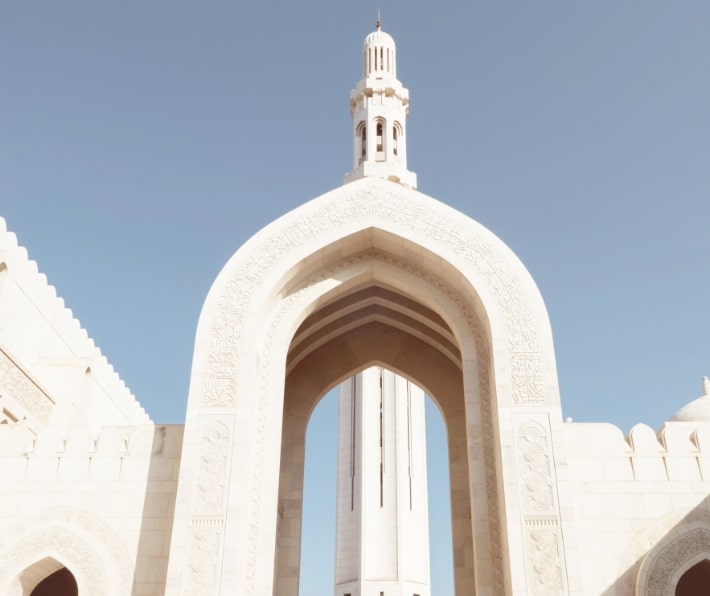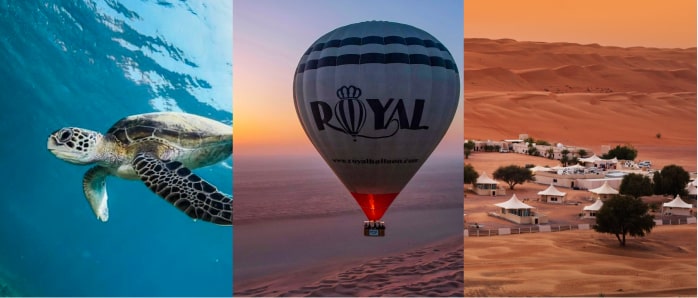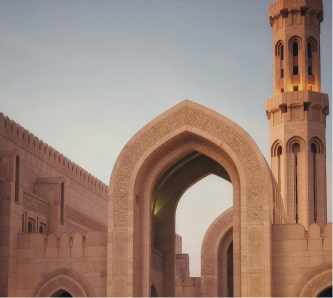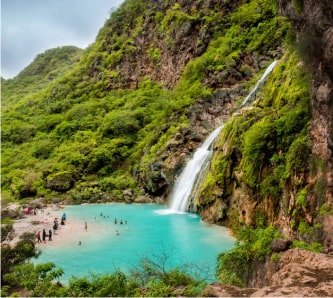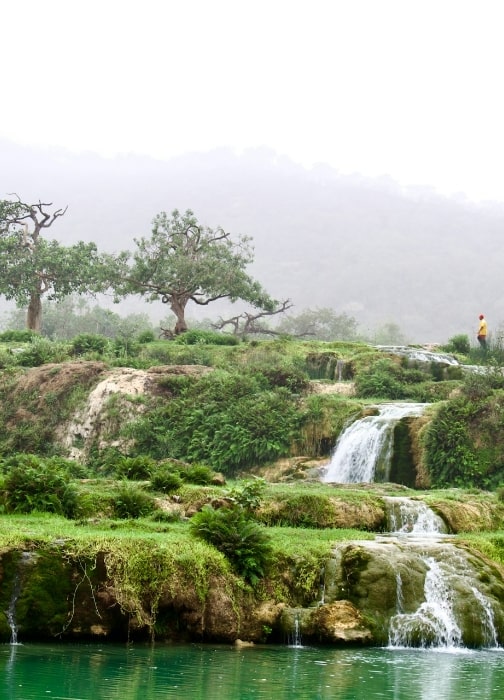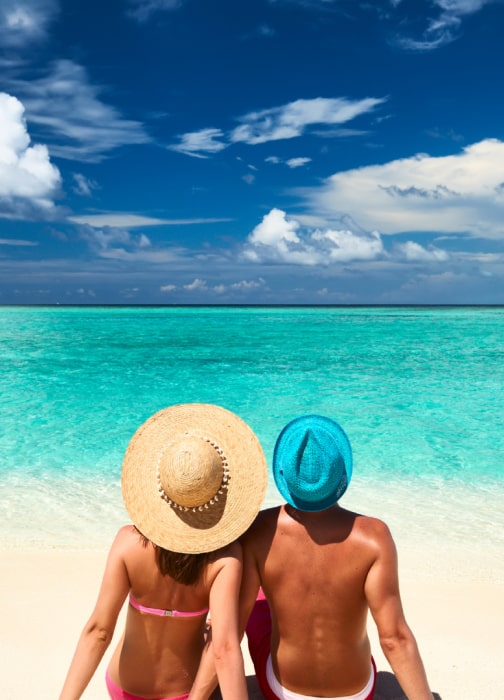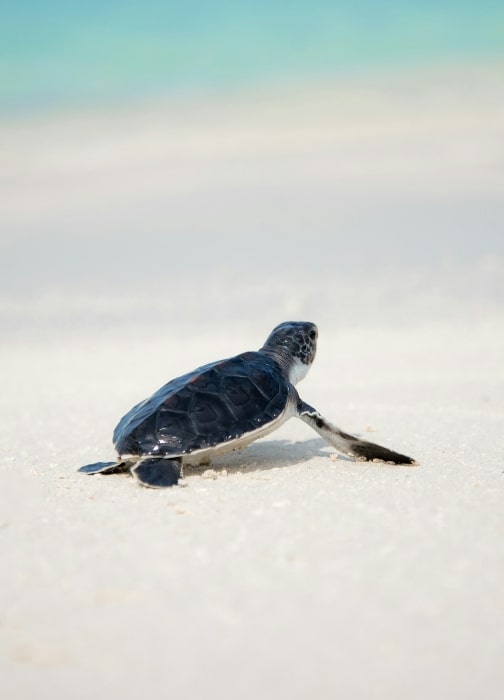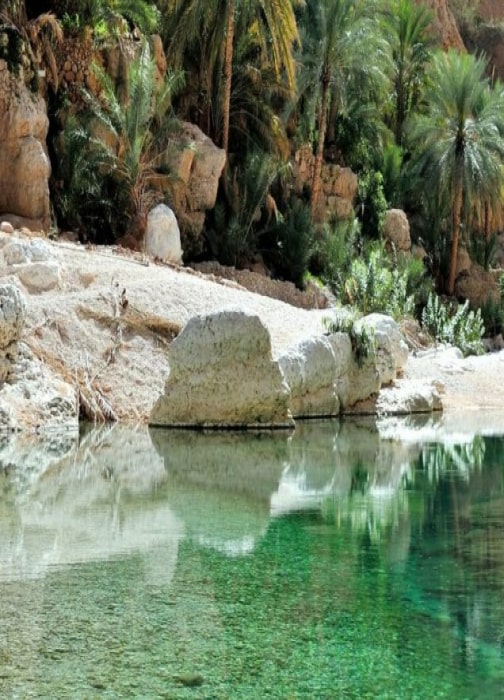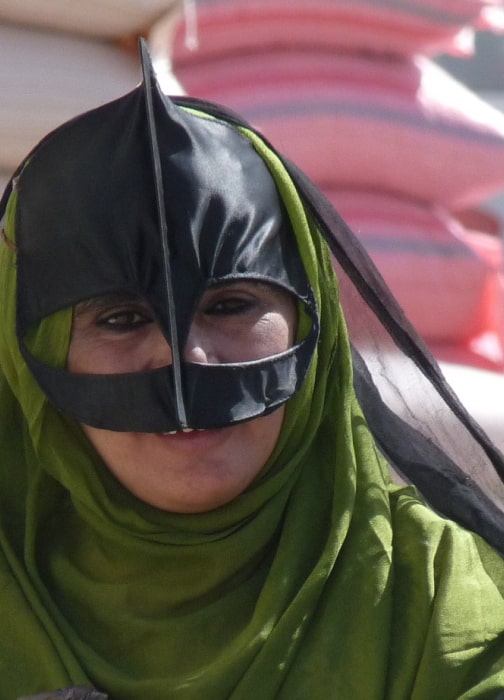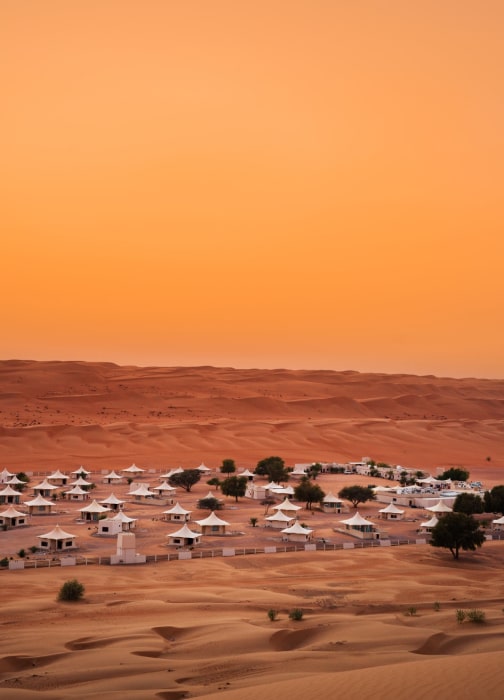History of Oman
Oman was founded as an Imamate in 751, making it the oldest independent state in the Arab world.
From the 17th century it was a major maritime power, coming into conflict with Portugal and the Netherlands over control of the Persian Gulf and the Indian Ocean. Omani influence and control extended across the Strait of Hormuz to Iran and what is now Pakistan, reaching as far south as Zanzibar. Its power declined during the 19th century and the sultanate came under British influence. Although Oman was never formally part of the British Empire, it did adopt a protectorate status. Although Oman was never formally part of the British Empire, it did adopt protectorate status. Today, Oman has strong military and political ties with the UK and the US, but it maintains an independent foreign policy.
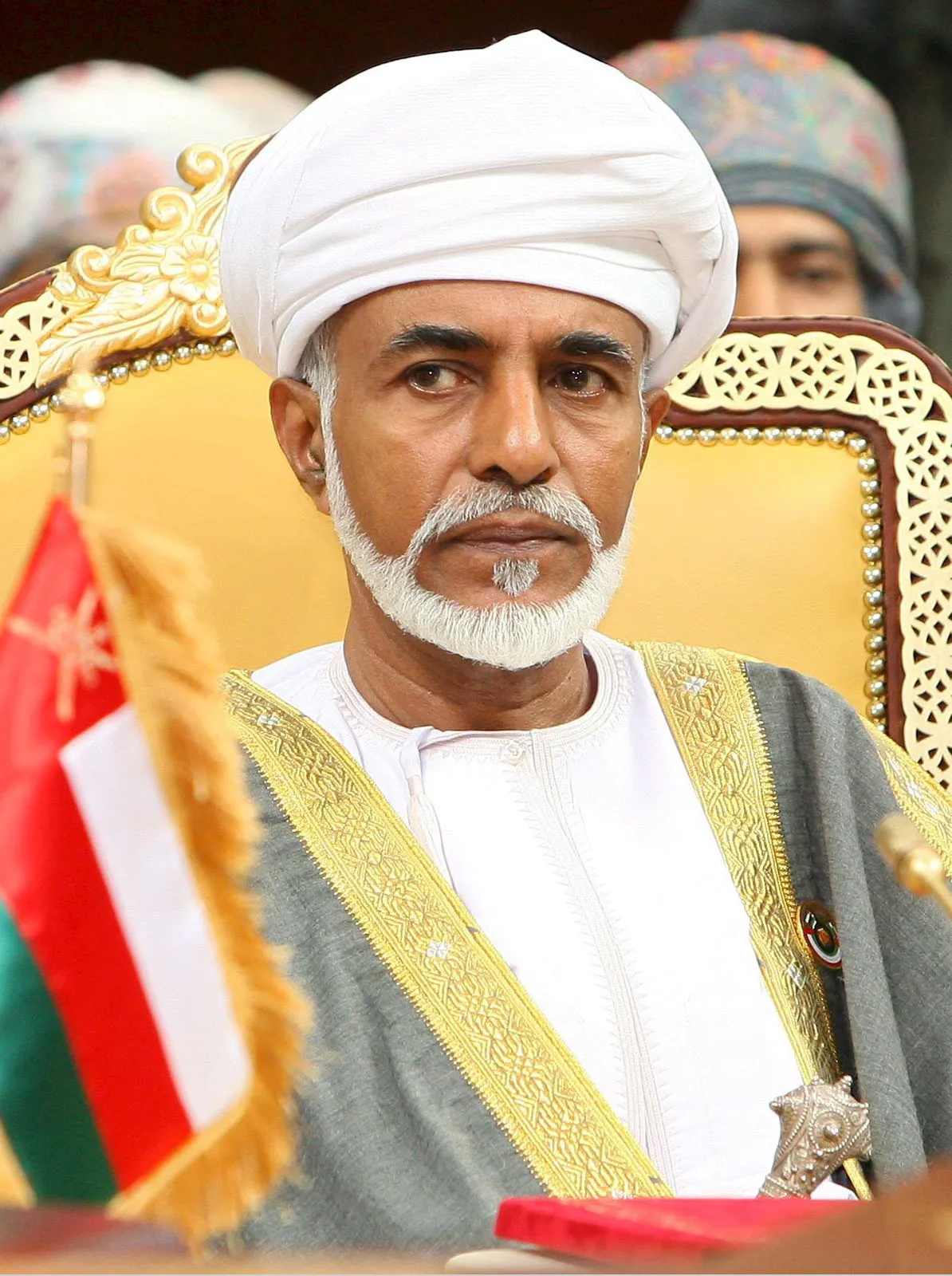
Under the nearly half-century reign of Sultan Qaboos Bin Said Al Said between 1970 and 2020, the longest ever serving Arab ruler, Oman underwent major modernization and transformation. His renaissance programme was helped immensely by the fact that in the mid-1970s Oman’s oil industry was developing fast, thereby allowing Sultan Qaboos to invest the revenue into the development of his country. The state was modernised, an efficient administration was created, an economic and social development programme was implemented with particular emphasis on the creation of a hospital network and an education system (schools and universities) throughout the country, and a massive infrastructure programme was developed (extension of the electricity network throughout the country, supply of potable water, construction of roads and airports, and modernisation of ports). With the help of revenues from the country’s natural resources, the State was modernized, an efficient administration was created, an economic and social development program was implemented with particular emphasis on the creation of a hospital network and an educational system (schools and universities) throughout the country and a huge infrastructure program was developed (extension of the electricity network throughout the country, drinking water supply, construction of roads and airports, and modernization of ports). From Sultan Qaboos Grand Mosque to the Royal Opera House, stunning Islamic architecture was built during his reign.
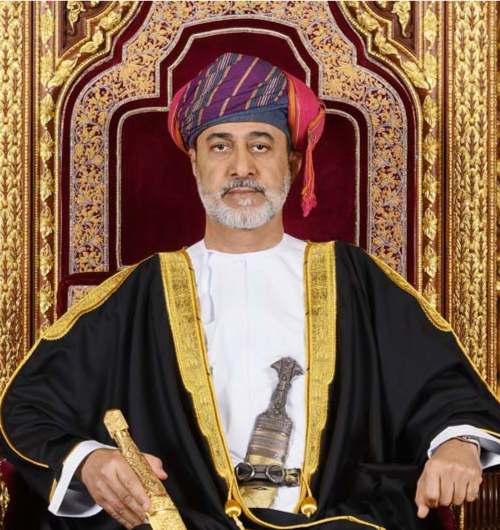
This period of development and stability is known in Oman as the Renaissance (An-Nahda). In the UNDP’s 2010 Human Development Report, Oman ranked highest in the list of 135 countries assessed as having improved the most in terms of HDI over the previous 40 years, highlighting its investment in education and public services. Sultan Haitham bin Tarik Al Said succeeded his cousin Qaboos upon his death on 10th January 2020.
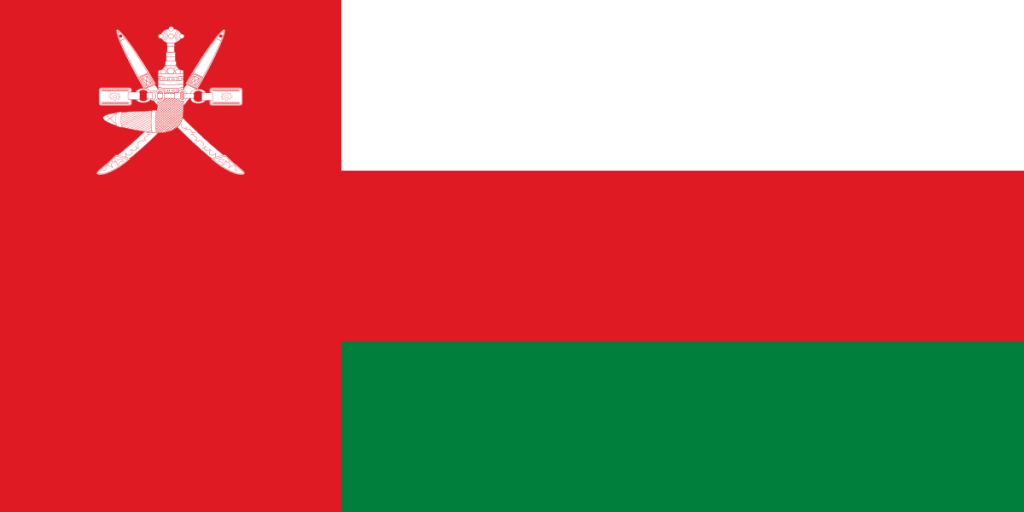
The National Flag of Oman consists of three horizontal bands of white, green and red, with a vertical red band on the left (hoist). The white colour depicts the conviction of the Omani people in peace. The red band symbolises the battles fought by Omanis to evict foreign invaders from the country. The green band represents the fertility and greenery of the land.
Start planning your trip
Organize your tailor-made trip
Don’t let others tell you about it and experience Oman yourself.
